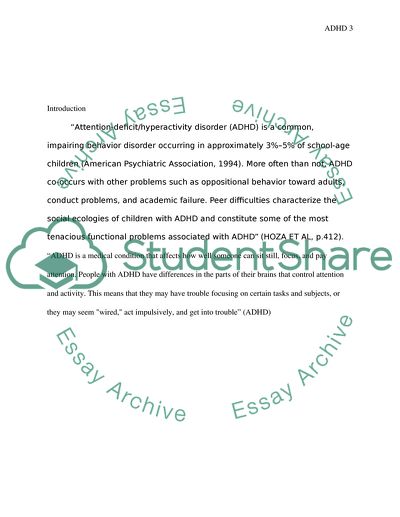Cite this document
(“Not Found (#404) - StudentShare”, n.d.)
Not Found (#404) - StudentShare. Retrieved from https://studentshare.org/health-sciences-medicine/1726996-attention-deficit-hyperactivity-disorder
Not Found (#404) - StudentShare. Retrieved from https://studentshare.org/health-sciences-medicine/1726996-attention-deficit-hyperactivity-disorder
(Not Found (#404) - StudentShare)
Not Found (#404) - StudentShare. https://studentshare.org/health-sciences-medicine/1726996-attention-deficit-hyperactivity-disorder.
Not Found (#404) - StudentShare. https://studentshare.org/health-sciences-medicine/1726996-attention-deficit-hyperactivity-disorder.
“Not Found (#404) - StudentShare”, n.d. https://studentshare.org/health-sciences-medicine/1726996-attention-deficit-hyperactivity-disorder.


